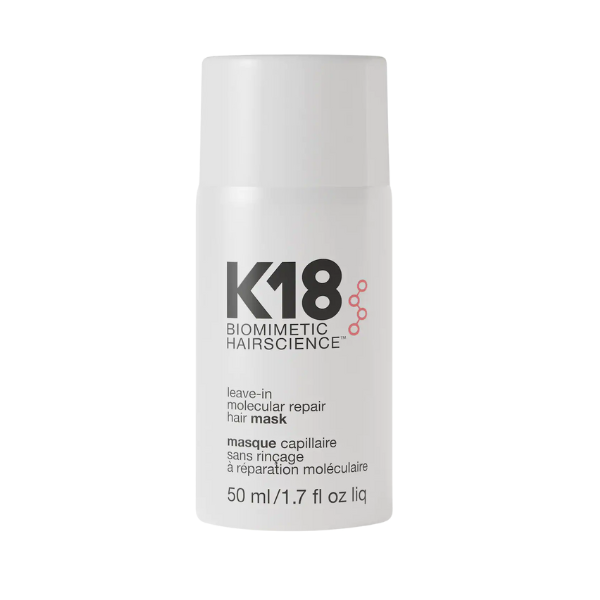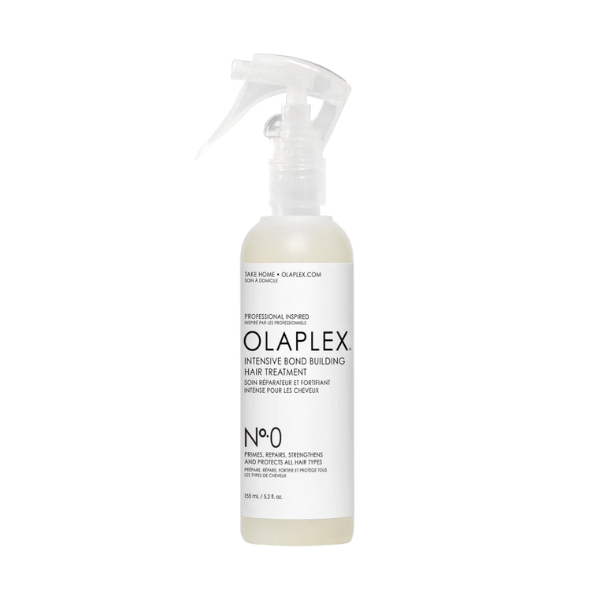How Soon Can I Bleach My Hair Again? The Truth From a Hairstylist
Once you’ve dyed your hair for the first time and sported your new look for a while, you may find yourself wondering how soon you can experiment and try out other colors.
While testing out new styles and shades can be extremely fun, it is important to consider the risk of bleaching your hair on the long-term health of your hair. Bleaching is a treatment made of very harsh chemicals that are designed to provide you with the best results should you wish to color your hair.
However, bleaching can alter the way your hair feels and looks and can cause damaging effects if misused or used too much. It is important to research the effects that this process can have on your hair before your first bleaching session, as it can change how your hair behaves for a long time.
The most common way to bleach hair is to bleach the whole head to completely change the natural hair color of the individual, but bleach can also be applied in patterns or on small areas of the hair for multicolored styles.
Regardless of the reason, there are some important things to consider when determining if you should bleach your hair or how soon you can bleach after a session.
How exactly does bleaching work?
The main ingredient in bleach is hydrogen peroxide, a chemical that penetrates the hair fibre and strips it of the melanin that naturally colors your hair. Hair lightening, also known as bleaching or decolorizing, is the chemical process of diffusing natural hair color pigment or artificial hair color from the hair.
When someone wishes to drastically lighten their natural hair color, the hair has to be pre-lightened in order for the hair cuticle to lift and absorb the color more. By lightening the hair, the stylist has a better idea of what the dye will look like once it settles in the hair.
Your stylist will perform a strand test to better predict how the dye and bleach will affect your hair and help decide if the color you desire is achievable. The bleach is applied in the same manner as hair dye, then lightly shampooed, acidified, and towel dried. (Milady Standard Cosmetology 694) After completing this process, your stylist will apply the hair toner and let it set to achieve your desired dye job.
There are three types of lighteners: cream, oil, and powder. Oil and cream lighteners can be applied directly on the scalp, in addition to some specially formulated powders.
These types of lighteners are the easiest to apply. Bleach powder or off-the-scalp lighteners are much stronger and designed for fast-acting results. Applying bleach properly is important as the strong chemicals can cause hair loss if misused. (Milady Standard Cosmetology 695)
What are the benefits of bleaching your hair?
Bleaching allows you to achieve the desired color you are looking for without the natural pigment of your hair getting in the way. Bleaching also allows individuals to achieve platinum blonde or icy gray hair.
If you have dark hair and wish to transition to blonde hair, you must consider that this process will most likely take multiple months. Because bleaching is so strong and potentially harmful to the hair, your stylist will schedule your lightening sessions farther apart to allow your hair to heal.
What are the harmful effects of bleaching your hair?
Bleaching causes your hair’s outer cuticles to lift and damages the bonds inside the hair. This makes your hair extremely fragile and susceptible to breakage.
There is also the risk of developing hair that is brittle and dry to the touch. Blowdrying, flat irons, harmful hair product ingredients, and other natural circumstances can cause your hair’s health to deteriorate.
You may also see split ends more frequently after your hair bleaching session.
When your hair is damaged, the chance of problems occurring during the bleaching or dyeing process is increased, which could end up seriously impacting the health and look of your locks.
According to the Milady Standard Cosmetology textbook, hair is considered damaged when it has one or more of the following qualities:
Rough texture
Overporous condition
Brittle or dry to the touch
Susceptible to breakage
No elasticity
Spongy and matted when wet
Color fades too quickly or grabs too dark
It is important to consider how much damage your initial dyeing process caused to your hair and plan accordingly.
If your hair is damaged from bleaching or other factors, it is important to schedule a hair treatment to give it a head start on regenerating some of the healthy oils, proteins, and other ingredients your hair needs to grow.
Otherwise, you could lose substantial amounts of hair or cause severe damage due to its weakening after the bleaching process.
How soon can I bleach my hair again?
You should always wait the recommended time of at least 4-6 weeks before bleaching your hair again, but the longer you wait in between sessions the better it is for your hair. Repeatedly bleaching your hair puts you at risk for overprocessing and breakage and does not allow your hair shaft to heal and lay flat again.
During the periods between bleach treatments, your hair is slowly regenerating in an effort to get back to its initial state.
If you are bleaching your own hair at home, it is critical to leave large gaps of time between sessions to let your strands recover and preserve the condition of your hair. This can be anywhere from a month to a couple of weeks, but back-to-back bleaching is a harsh process that can cause severe damage.
How to prep your hair for your next bleaching session
Investing in bonding treatments like Olaplex No. 0, Olaplex No. 3, and the K18 Leave-In Molecular Repair Hair Mask. These treatments will work on repairing your hair from the inside out, while K18 specifically works on repairing your hair from the outside in. All three treatments are ideal and will help you repair your hair’s integrity between bleaching sessions.
Cutting down on hot tools is also very important, as heat can further damage the hair and strip it of moisture. If you are going to use hot tools on your hair, always use a heat protection spray first.
Also, Keeping your hair hydrated and nourished is key to maintaining the long-term health of your mane.
Recommended Products
Click on each image to shop the products
How to care for your hair after bleaching it
Now that you’ve bleached your hair, how do you care for it? After bleaching your hair, deep conditioning treatments will become your best friend. A deep conditioner will keep your hair hydrated and moisturized, eliminating frizz and provide your hair with nutrients to kick-start growth.
If you’ve recently dyed virgin hair, your hair is significantly healthier than individuals who have bleached it multiple times before, so deep conditioners will keep your hair in good condition and help combat further damage.
Nourishing hair oils like argan oil and coconut oil are the best way to prevent damage caused by protein loss. Hydrogen peroxide breaks down the proteins in your hair to strip your hair of its natural color, and by using hair oils with nutrient-filled ingredients, you strengthen the protective coating of your hair.
Overusing hot tools can cause your bleached hair more damage. It is important to try and limit yourself to only using hot tools on your bleached locks once a week if absolutely needed, and always make sure to apply a heat protector to maintain healthy hair. If you need to maintain a style for longer than one day, you can use a shower cap to protect your hair from steam and prevent your dye from bleeding between washes.
Incorporating a toning shampoo and conditioner into your hair care routine helps cancel out any unwanted brassy tones in your hair and refresh your hair color. Using purple shampoo will cancel out yellow tones, while green shampoo will cancel out red tones, and blue shampoo or blue toner will cancel out orange tones.














